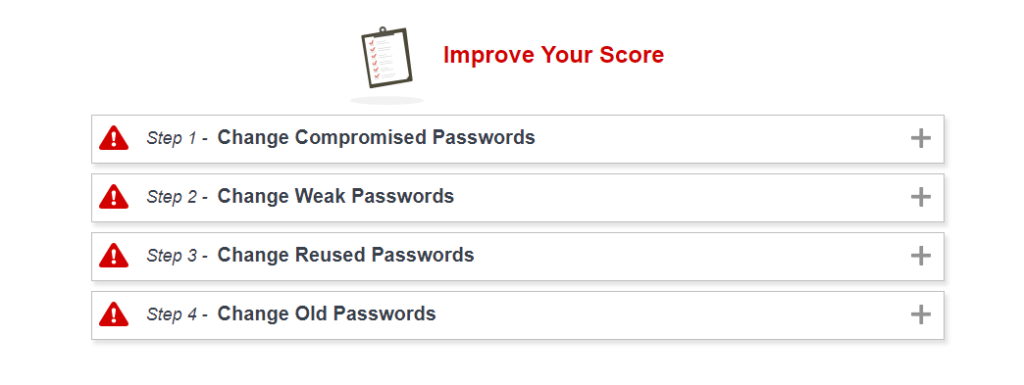

And the enterprise SaaS layer is where credentials and identities sprawl, duplicate, and operate outside IT governance or access controls.Ĭyber-attacks and SaaS breaches have been well-documented in recent reports from the 0ktapus threat campaign of 2022 to the phishing, smishing, and vishing schemes that impacted Twilio, Digital Ocean, Dropbox, Signal, Uber, and now, LastPass. LastPass’s latest breach indicates just how corporate identities are entangled with SaaS services whether we know it or not - punctuating identity risk. Stolen LastPass vaults paired with unencrypted meta data, gives cybercriminals the effect of a successful phishing campaign without sending a single email or SMS.įigure 1.5 - Grip portal monitoring, validate SaaS access removal / revocation
#Lastpass security challenge gone full
While LastPass leans on its Zero-Knowledge architecture, the fact remains that stolen meta data gives threat actors precise user-SaaS relationships and vaults full of duplicate passwords to gain access. WIRED was more pointed, reporting: “A security incident the firm had previously reported (on November 30) was actually a massive and concerning data breach that exposed encrypted password vaults - the crown jewels of any password manager - along with other user data.” These data included company names, end user names, billing addresses, phone numbers, email addresses, IP addresses (where users come from to access LastPass), and the website and SaaS URLs from password vaults. And it is easy to see why upon reading a statement from LastPass. The recently reported breach of LastPass sent many security leaders into a frenzy. LastPass breached, password vaults exposed…now what?


 0 kommentar(er)
0 kommentar(er)
